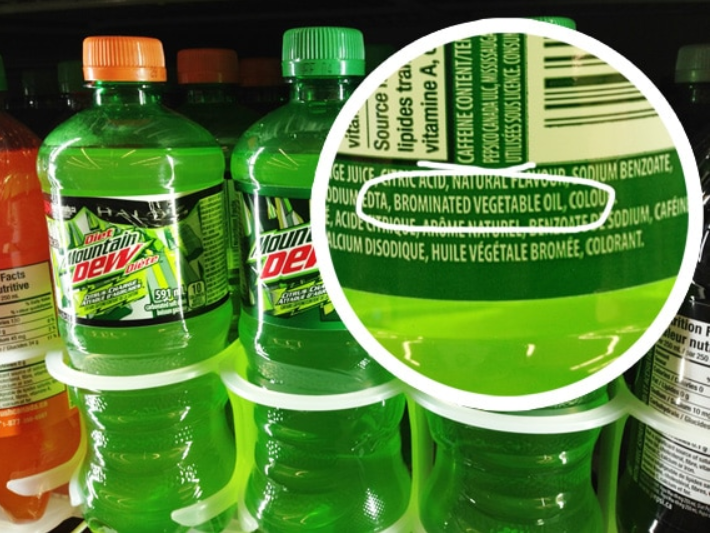
©HealthCastle.com
Pre-reading questions:
- What are some popular citrus fruits that are commonly used to flavor beverages?
- Can you name any well-known citrus-flavored beverages that you’ve tried or heard of?
Vocabulary:
- ban /ban/
- prohibit /proh-HIB-it/
- extensive /ik-STEN-siv/
- alternative /awl-TUR-nuh-tiv/
- ensure /en-SHOOR/
[noun] – an official order that prevents something from happening
The government issued a ban on smoking in public places to protect people from secondhand smoke.
[verb] – to officially refuse to allow something
The school prohibits students from using their phones during class to maintain a focused learning environment.
[adjective] – covering a large area; having a great range
The museum’s extensive collection includes artifacts from various civilizations spanning centuries.
[adjective] – an alternative plan or method is one that you can use if you do not want to use another one
Due to her lactose intolerance, she had to find alternative sources of calcium, such as fortified non-dairy products.
[verb] – to make something certain to happen
The safety measures in place ensure that everyone can enjoy the amusement park without risk.
Article reading:
BVO, a chemical found in some products, has decreased due to FDA restrictions and a 2012 petition. The FDA withdrew BVO’s designation as ‘Generally Recognized as Safe’ in 1970, prompting beverage makers to explore alternative ingredients and remove BVO from their products. The FDA’s proposed ban is grounded in studies, mostly on animals, that indicated potential adverse effects on the thyroid gland, a vital regulator of various body functions. This decision is part of the FDA’s ongoing commitment to monitoring emerging scientific evidence and taking regulatory steps to ensure food safety. Public feedback on this proposed rule will be accepted until January 17, allowing input from different stakeholders. If the ban is enacted, beverage manufacturers will have a designated period to adjust their products before the new regulation takes effect. Additionally, the FDA is reviewing the potential risks associated with red dye No. 3, a synthetic food coloring, as part of California’s broader food additive ban.
Comprehension questions
- What has the US Food and Drug Administration (FDA) proposed a nationwide ban on?
- Which US state was the first to prohibit brominated vegetable oil (BVO) with the California Food Safety Act?
- What is BVO commonly used for in food products?
- Where has BVO already been banned before the FDA’s proposal?
- Why did beverage makers start exploring alternative ingredients and removing BVO from their products in the 1970s?
Discussion questions
- Have you ever looked at the ingredient list on a food or drink label to check for things like brominated vegetable oil (BVO)? If so, did it affect your decision to buy the product? If not, would you consider doing it in the future?
- Have you seen cases where people were impacted by food additives, like having health issues or making dietary choices based on ingredient lists? If so, how did these experiences affect your view on food safety rules? If not, do you think this topic deserves more discussion and understanding in society? Why or why not?
- Do you think the FDA’s suggestion to ban brominated vegetable oil (BVO) would make people avoid certain citrus-flavored drinks?
- What do you think could be some challenges for food companies in changing their products to not include BVO?
- How do you think people’s preferences and buying habits might change if the FDA bans BVO? Do you expect a shift in the kinds of products people choose? Why or why not?